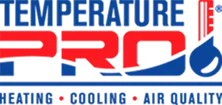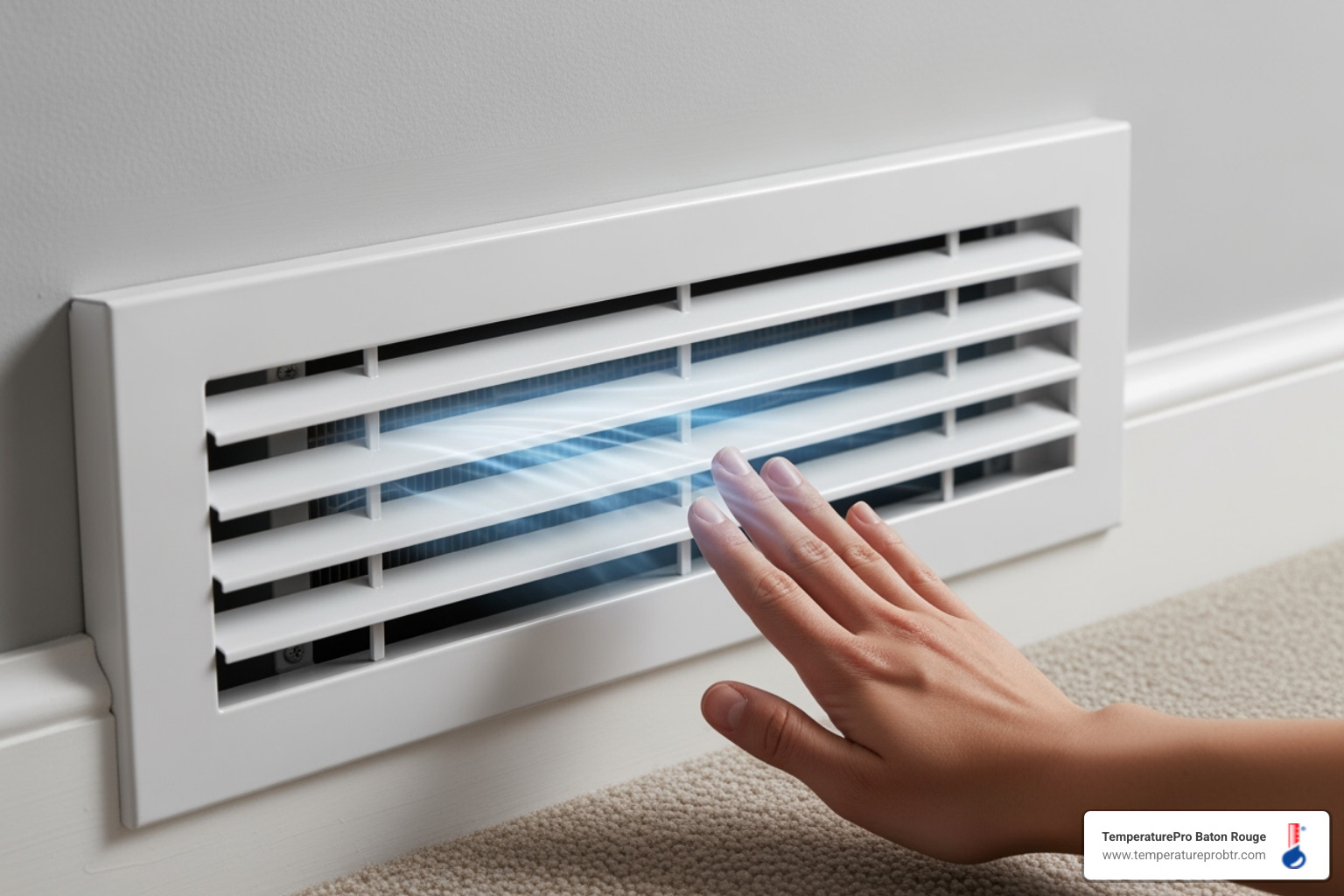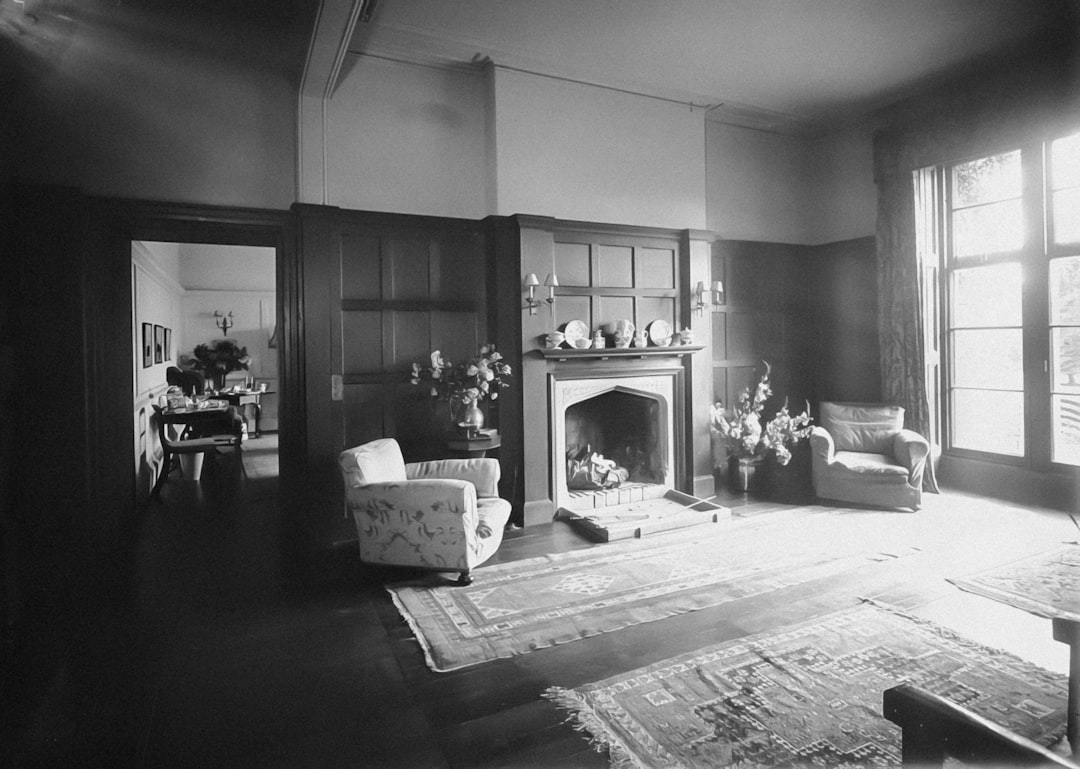Essential Furnace Maintenance Checklist for Homeowners
Ensure your furnace operates efficiently with our essential maintenance checklist for homeowners. Keep your home cozy and safe all year round with simple tasks!
Essential Furnace Maintenance Checklist for Homeowners: Your Complete Annual Guide to Safe and Efficient Heating
Furnace upkeep involves a series of checks, cleanings, and adjustments designed to keep your home's heating system running safely, efficiently, and reliably. Consistent maintenance helps cut down on energy use, lowers the chances of unexpected breakdowns, and extends the lifespan of your furnace. This guide will walk you through safe DIY upkeep tasks, help you recognize when it's time to call in a professional, and explain how regular servicing protects your indoor air quality and warranty coverage. Many households face higher utility bills, frequent system cycling, and safety concerns when furnace care is overlooked. This article offers a temperature- and climate-aware checklist tailored for Baton Rouge conditions, along with a clear path to professional assistance. You'll find straightforward, actionable DIY steps, clear indicators that signal the need for an immediate technician visit, efficiency tips to slash heating expenses, and a comparison of local maintenance plans. The following sections cover why annual service is crucial, essential homeowner tasks, when to enlist a pro, strategies for boosting efficiency, local service offerings from TemperaturePro Baton Rouge, common problems that upkeep prevents, and guidance on scheduling your annual tune-ups. Key terms like "furnace upkeep tips," "heating system annual service," and "Baton Rouge furnace service" are naturally integrated to help you act now and keep your heating system safe and efficient.
Why Is Annual Furnace Maintenance Important for Homeowners?
Annual furnace maintenance is a planned practice for both homeowners and professionals that identifies potential safety risks, restores peak efficiency, and prevents unexpected failures before the heating season kicks in. The process is simple: technicians and homeowners clear obstructions, clean or replace components, and verify combustion safety to ensure the system operates within its designed parameters. This leads to lower energy consumption and reduced stress on system parts. Key benefits include a significant reduction in carbon monoxide risks, measurable energy savings, and extended equipment life through proactive care. Below are the primary advantages homeowners can expect from annual furnace attention.
Key benefits of annual furnace maintenance include:
- Improved safety: Professional inspections help detect cracked heat exchangers and gas leaks before they can become carbon monoxide hazards.
- Enhanced efficiency: Cleaning burners and replacing filters ensures proper airflow and reduces fuel consumption.
- Longer service life: Preventive interventions delay component failures and cut down on costly replacements.
What Are the Key Benefits of Regular Furnace Maintenance?
Regular furnace maintenance lowers operating expenses and enhances home safety by addressing wear and tear, combustion performance, and airflow issues before minor problems escalate into major failures. Energy efficiency improves because clean components and precise calibrations allow the furnace to deliver heat using less fuel, resulting in measurable savings over the heating season. Improved indoor air quality follows from timely filter changes and cleaning of duct registers, which reduce the circulation of dust and allergens through the HVAC system. The local climate in Baton Rouge makes regular checks even more critical, as humidity and seasonal debris can accelerate clogging and corrosion, so maintenance tailored to the region helps preserve performance year-round.
These benefits directly influence decisions about DIY versus professional service, which we will explore next so you can take safe, effective actions between your yearly tune-ups.
How Does Furnace Maintenance Improve Indoor Air Quality and Safety?
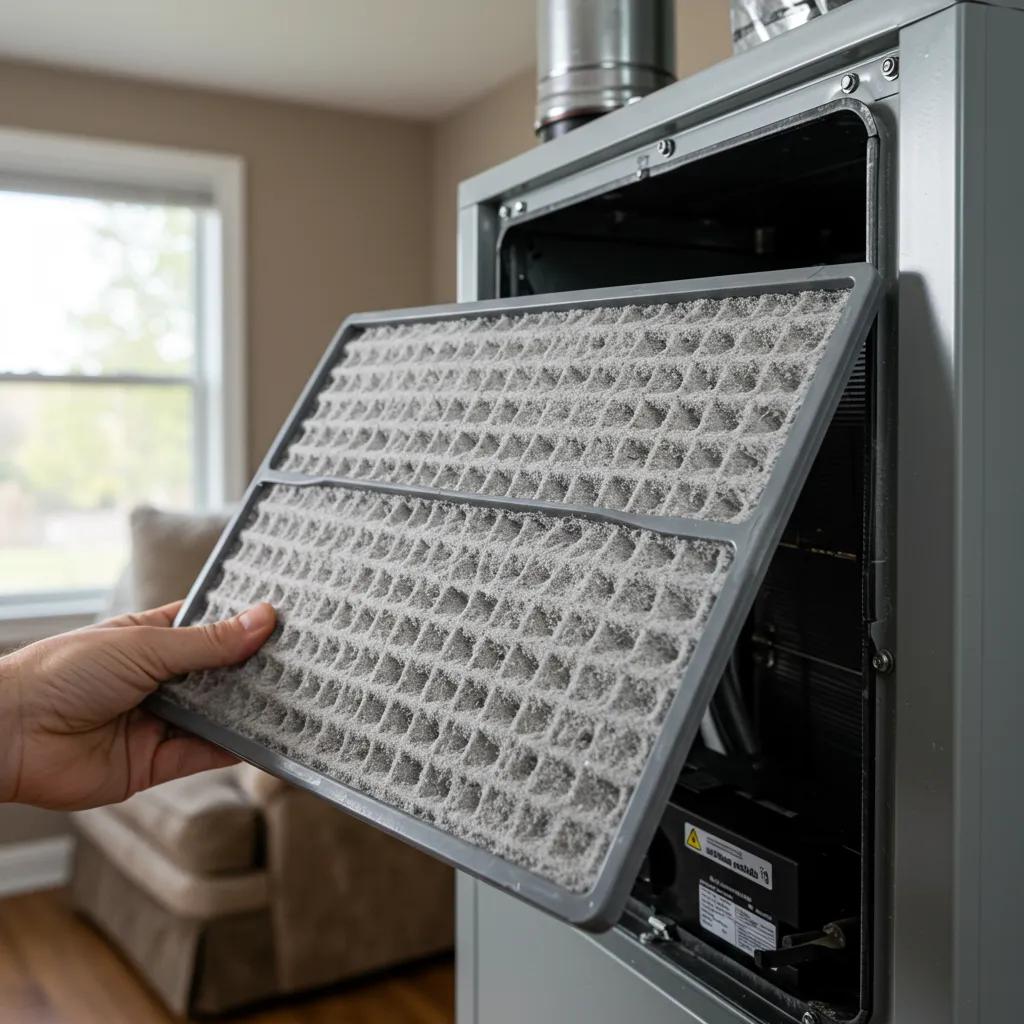
Furnace maintenance enhances indoor air quality by removing dust, pollen, and microbial growth from filters and accessible duct surfaces, thereby reducing the recirculation of particles throughout your living spaces. This process involves replacing or cleaning filters, vacuuming accessible registers, and ensuring condensate and drain paths are clear. These actions help lower airborne contaminants and support the effectiveness of your HVAC filtration. Safety improvements come from professional inspections of combustion components and heat exchangers, which can detect cracks and combustion irregularities that might produce carbon monoxide. Homeowners should complement furnace maintenance with monthly carbon monoxide detector testing and establish clear procedures for responding if an alarm sounds to maintain a safe living environment.
Understanding these IAQ and safety mechanisms will better equip you to choose the right maintenance schedule and prioritize professional inspections for critical safety checks.
How Does Maintenance Protect Your Furnace Warranty?
Manufacturer warranties typically require routine servicing at specified intervals to remain valid. Maintenance provides the documented proof that the system has been cared for according to the manufacturer's recommendations. The relationship is straightforward: warranty terms → require annual or scheduled servicing → documented receipts validate claims. Keeping dated service records, invoices, and technician notes creates a verifiable history should warranty repairs become necessary. Some manufacturers specifically cite annual professional tune-ups as a warranty condition. Homeowners with Daikin products, should ensure their servicing aligns with warranty language to avoid claim denials.
Maintaining a clear service log is a simple yet effective practice that preserves warranty coverage and demonstrates compliance when repair or replacement events occur.
When Should You Call a Professional for Furnace Maintenance and Tune-Ups?
Professional furnace maintenance is necessary for tasks involving combustion safety, sealed combustion components, electrical diagnostics, or when symptoms indicate underlying faults beyond the scope of DIY capabilities. Technicians use specialized diagnostic tools to inspect burners, measure gas pressure, test heat exchangers, and evaluate control boards—actions that require specific training and equipment. Engaging a professional prevents warranty issues, ensures carbon monoxide safety, and addresses efficiency problems at their source rather than just treating symptoms. Below is a concise professional checklist and warning signs homeowners should monitor to know when to schedule a technician visit.
A professional furnace tune-up typically includes the following checklist:
- Visual inspection of the heat exchanger and combustion chamber for cracks and corrosion.
- Burner cleaning and flame pattern inspection to ensure proper combustion.
- Blower assembly inspection, lubrication where applicable, and airflow measurements.
- Safety control checks, gas pressure verification, and thermostat calibration.
This checklist summarizes the tasks performed by a technician. The next section details what a typical professional tune-up includes and why each step is important.
What Does a Professional Furnace Tune-Up Include?
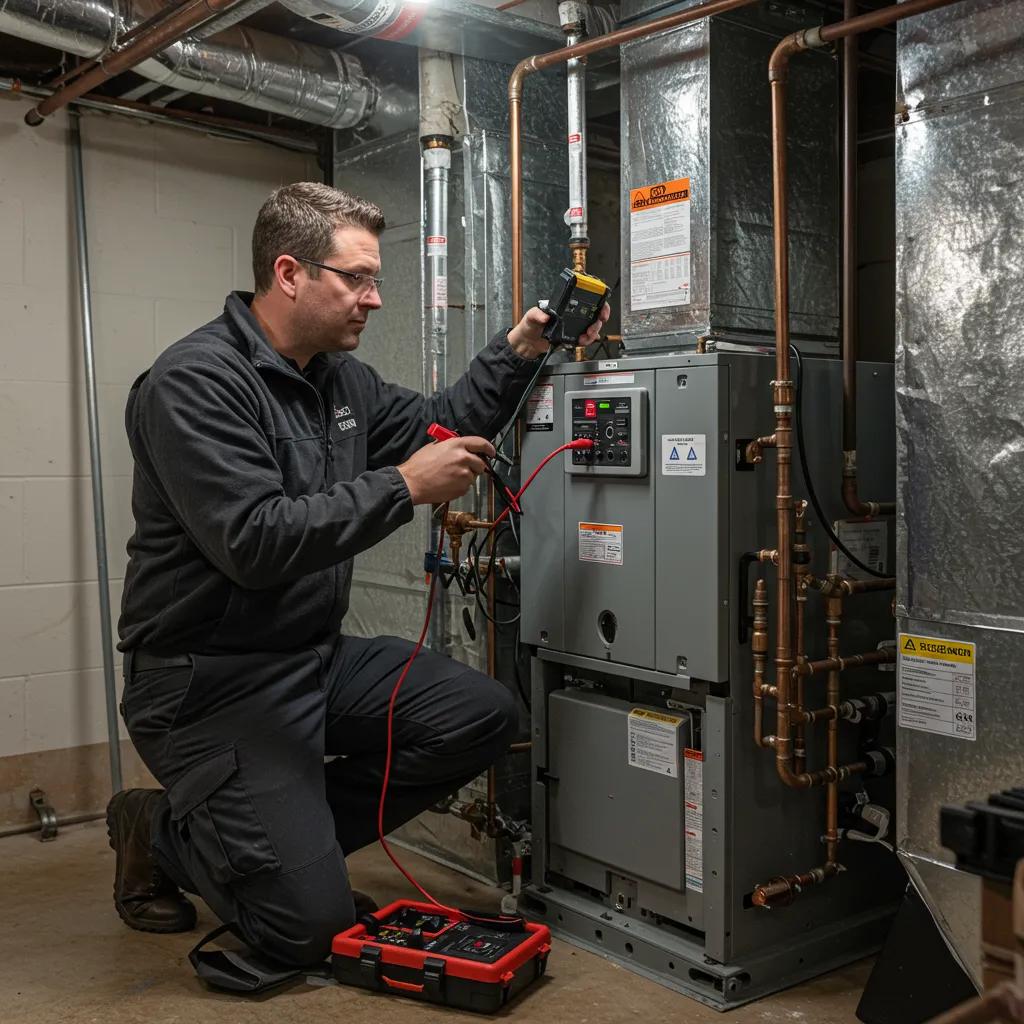
A professional furnace tune-up is an ordered sequence of diagnostic and preventive tasks designed to restore safe and efficient operation. It begins with combustion and safety inspections and concludes with performance verification. Technicians inspect the heat exchanger for integrity, clean burners for proper flame operation, test safety controls including pressure switches and limit switches, verify gas line connections, and measure airflow through the blower assembly. They also check and calibrate thermostats and document their findings for homeowner records, which supports warranty claims and future service planning. Each step addresses a specific potential failure mode, and collectively they reduce the likelihood of mid-season breakdowns.
Understanding the precise steps professionals take helps homeowners appreciate the value of certified maintenance and the limitations of DIY interventions.
What Are the Signs Your Furnace Needs Expert Repair or Service?
Certain symptoms indicate the need for immediate professional attention: persistent no-heat situations, frequent short cycling, unusual noises like rattling or screeching, a yellow rather than blue burner flame, and carbon monoxide detector alarms. If you observe these signs, shut off the system if there are obvious safety hazards (e.g., a gas smell) and schedule a professional inspection promptly. Document the symptoms and when they occur—this temporal information helps technicians diagnose intermittent faults more quickly. Acting swiftly on these warning signs reduces safety risks and prevents minor issues from developing into costly failures.
Recognizing and responding to these red flags preserves safety and minimizes repair costs through early intervention.
How Does Professional Maintenance Extend Furnace Lifespan and Efficiency?
Professional maintenance extends furnace lifespan by removing sources of wear—such as dirt, misalignment, and inefficient combustion—that accelerate part failure, and by adjusting controls to reduce unnecessary cycling. Correcting airflow imbalances, cleaning heat transfer surfaces, and calibrating ignition systems improve heat exchange efficiency, allowing the furnace to use less fuel to deliver the same level of comfort. This translates to measurable energy savings over years of operation. Early detection of worn components allows for targeted repairs before catastrophic failures occur, preserving your capital investment in the equipment. Documented maintenance also supports resale value by proving the system has been professionally cared for.
These mechanisms work together to reduce lifetime operating costs and sustain reliable performance across seasons.
How Can You Maximise Furnace Efficiency and Reduce Heating Costs?
Maximizing furnace efficiency involves a combination of routine maintenance, sensible thermostat strategies, and targeted upgrades that reduce wasted energy and improve system responsiveness. The process includes maintaining proper airflow, ensuring combustion efficiency, and minimizing heat loss through ductwork and the building envelope. Practical steps include regular filter replacement, programmable thermostat schedules, sealing accessible duct leaks, and keeping vents and registers clear. The following list summarizes the most effective homeowner actions to lower heating bills while maintaining high comfort levels.
Top efficiency strategies homeowners should adopt:
- Replace filters on schedule and use compatible MERV ratings to balance filtration and airflow.
- Program thermostat setbacks for unoccupied periods and sleeping hours to reduce runtime.
- Seal visible duct joints and insulate accessible ducts in unconditioned spaces to limit heat loss.
- Schedule annual professional tune-ups to maintain combustion efficiency and blower performance.
Implementing these practices leads to cumulative savings and preserves furnace health. The next paragraphs delve deeper into the impacts of filters and thermostats.
What Are the Best Heating System Maintenance Tips for Energy Savings?
Consistent, small actions add up to significant energy reductions: replace filters, keep vents clear, and regularly vacuum accessible duct registers to maintain airflow. Each action lowers blower energy consumption and reduces combustion time. Seasonal tasks, such as pre-heating-season tune-ups and post-storm vent inspections, prevent efficiency losses caused by debris and humidity. For households with zoning or programmable thermostats, modest temperature setbacks of 2–3 degrees during sleep or absence yield measurable bill reductions without sacrificing comfort. Track your usage trends and adjust strategies seasonally to maintain optimal performance.
These habits reduce the furnace's workload and are low-cost ways to extend equipment service life while trimming energy bills.
What Are Common Furnace Problems Prevented by Regular Maintenance?
Regular maintenance prevents a range of predictable failure modes by addressing their root causes—dirt, miscalibration, worn parts, and restricted airflow—before they escalate into system breakdowns. The problem-solution mapping below connects common symptoms to preventive maintenance actions, helping homeowners understand how routine care mitigates each risk. Preventive care not only reduces the need for emergency calls but also supports safer operation and a lower total cost of ownership over the furnace's lifespan.
Common issues prevented by maintenance include:
- Dirty filters and restricted airflow that cause short cycling and higher bills.
- Cracked or corroded heat exchangers that pose a carbon monoxide risk if left undetected.
- Frequent cycling and ignition failures caused by miscalibrated controls or blocked burners.
How Do Dirty Filters and Restricted Airflow Cause Furnace Strain?
Dirty filters and restricted airflow force the blower motor to work harder and extend run times, which increases energy consumption and accelerates wear on bearings and motors. Reduced airflow also diminishes heat transfer efficiency, causing the furnace to cycle more frequently or run longer to meet setpoints, and can trigger safety limits that shut the system down. Symptoms include uneven heating, higher energy bills, and intermittent airflow with unusual blower noise. Replacing filters on schedule and keeping registers clear prevents these cascading effects and preserves component life.
Addressing airflow issues early prevents compounding failures and keeps the system operating within safe thermal limits.
Frequently Asked Questions
What should I do if my furnace is making unusual noises?
If your furnace is producing strange noises such as rattling, screeching, or banging, it may indicate a mechanical issue that requires immediate attention. These sounds can be caused by loose components, a malfunctioning blower motor, or problems with the ignition system. It's essential to turn off the furnace and schedule a professional inspection to diagnose the problem. Ignoring these noises can lead to more significant issues and costly repairs, so prompt action is crucial for safety and efficiency.
How can I tell if my furnace is operating efficiently?
To determine if your furnace is operating efficiently, monitor your energy bills for any sudden increases, which may signal inefficiency. Additionally, check for consistent heating throughout your home; uneven temperatures can indicate airflow issues or system malfunctions. Regular maintenance, such as filter changes and professional tune-ups, also plays a vital role in maintaining efficiency. If you notice any signs of inefficiency, such as longer run times or unusual noises, consider scheduling a professional evaluation to ensure optimal performance.
What are the risks of neglecting furnace maintenance?
Neglecting furnace maintenance can lead to several risks, including increased energy costs, reduced efficiency, and potential safety hazards. A poorly maintained furnace may develop issues such as carbon monoxide leaks, which pose serious health risks. Furthermore, neglect can result in frequent breakdowns, leading to costly repairs and a shortened lifespan for the unit. Regular maintenance helps identify and address these issues early, ensuring safe and efficient operation while protecting your investment in the heating system.
Can I perform all maintenance tasks myself?
While homeowners can perform several basic maintenance tasks, such as changing filters and cleaning registers, some tasks require professional expertise. Complex inspections, combustion analysis, and gas pressure checks should be conducted by trained technicians to ensure safety and compliance with regulations. It's essential to recognize your limitations; if you encounter any issues beyond basic maintenance, it's best to call a professional to avoid potential hazards and ensure proper care of your furnace.
Conclusion
Regular furnace maintenance is essential for ensuring the safety, efficiency, and longevity of your heating system, ultimately leading to lower energy costs and improved indoor air quality. By following the outlined maintenance steps and scheduling professional tune-ups, homeowners can prevent common issues and enhance their furnace's performance. Don't wait for problems to arise; take proactive steps to protect your investment and ensure a warm, comfortable home. Explore our maintenance plans today to find the right fit for your needs.
Customer
Testimonials
Go With Experience


